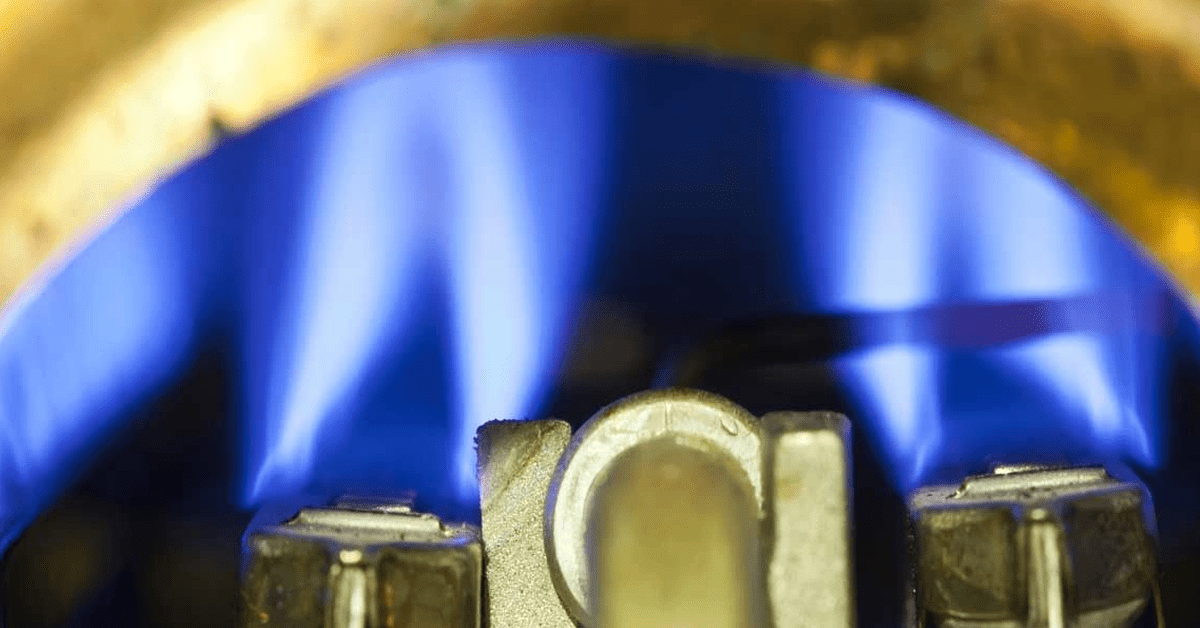Hey, I’ve got an idea.
Let’s take a four-foot tall, cylindrical metal tank, fill it with seventy gallons of hot water, and install it in the attic directly over your family’s living space! If you had never considered the above idea, you’d be well within your rights to stare at me like I grew a second head. But that is what construction companies do multiple times daily by installing water heaters in the attic spaces of every home they build.
It’s a building concept that sounds wrong from a “common sense” standpoint. Why would anyone take a slowly rusting tank that, when filled, weighs in at just under one-thousand pounds and then suspend it over unknowing homeowners’ heads?
Let’s look at the logic that goes into installing water heaters in the attic.
Why Did We Start Putting Water Heaters in the Attic?
Because Texas doesn’t have basements.
Many states in the southern half of the US are built on top of heavy, clay-like soil that is difficult to dig up and likely to collapse the walls of an in-ground basement. Many older homes around Houston still have utility rooms or closets where you’ll find a water heater, a furnace, and maybe even a washing machine. Utility rooms were a great place to keep some of your less-sightly –and perhaps noisy—domestic appliances out of sight.
Newer home designs relying on open floor plans and maximizing square footage took precedence. In the interest of saving ten square feet of living space, the water heater was relegated to the attic.
What are the Positives of a Water Heater in the Attic?
1. Reduces Dead Space in the Home.
It frees up what home builders and designers consider “dead space.” The price of a home is based mainly on square footage, and a tank-type water heater takes up roughly twelve of those pricey feet. By placing it and the indoor portion of your HVAC system in the attic, you’re freeing up enough space for a 2nd bathroom or walk-in closet. Or both!
2. More Efficient in the Summer Months.
What’s the main reason you don’t want to venture up into your attic during the summer? Because it’s freakin’ hot up there!
That makes the attic a suitable location for a water heater. In Houston, when the temperature outside is an oppressive 98° with 95% humidity, you can bet your attic temperature is between 120 – 130°. By using the ambient heat in the attic to maintain the temperature of your hot water, you save on energy bills related to water heating.
What are the Negatives of Water Heaters in the Attic?
1. There’s a Giant Tank of Water Over Your Head!
At the risk of overstating the obvious, the most significant risk of having the water heater in the attic is the stored water. Water damage is the number one cause for claims against homeowner’s insurance in Texas EVERY year. Much of that damage is caused by tank-type water heaters in the attic failing and spilling their contents into your living areas. In addition to the cost of replacing your water heater, when you factor in the price of replacing water-damaged ceilings, drywall, and flooring, keeping the water heater in the attic doesn’t make much sense.
2. Water Heaters are Heavy, and Will Eventually Leak!
Between the water in the tank and the weight of the components, these units can weigh between 450 and 800 pounds, depending on tank capacity. This kind of weight puts a tremendous amount of stress on attic and ceiling structures. One constant rule of the plumbing industry is that, eventually, ALL water heaters WILL fail, and the best we can hope for is catching a problem early before it turns into a catastrophe.
How Do I Avoid Problems from an Attic Water Heater?
While having your tank-type water heater in the attic is an excellent convenience in terms of square footage and aesthetics, the actual physics involved with suspending a seventy-gallon tank of water above your living areas doesn’t make it the safest choice.
Be sure to get into your attic water heater AT LEAST twice a year to check your water heater for any sign of leaks. Take a close look at any plumbing and gas fittings in the vicinity of the water heater for wet spots or signs of rust and corrosion, and be sure to check the outer tank for any signs of rust, most notably along the seam of the tank.
Consider Re-Locating Your Water Heater.
It doesn’t seem worth keeping your water heater in the attic when so many other locations in your home make sense. Garages, utility closets, and even outdoor installations (with proper
insulation) are preferable to having a tank-type water heater in your attic. Replacing your tank-type water heater in the attic with a tankless unit is a much safer alternative and one that Nick’s Plumbing and Air Conditioning Services would be happy to discuss with you.
If you wish to keep using a tank-type water heater but are thinking about moving it out of the attic and into a safer place, give Nick’s Plumbing and Air Conditioning a call. We’ll visit your home, assess your water heater relocation, and provide a cost evaluation. We also can provide a second opinion if you’ve already received an estimate.


























